Did you ever notice how your cat seems to relax most when you’re simply sitting quietly, perhaps reading a book or scrolling your phone? It’s almost as if they’re saying, “Ah, finally, some peace!” That’s not just your imagination—science and many cat lovers’ stories suggest there’s real magic in the silence. Cats, unlike dogs, are mysterious creatures who often value calm over chatter, and understanding why talking less can win their trust is a game-changer for any feline friend. If you’ve ever wondered what’s going on inside your cat’s head when you zip it, you’re about to discover a world that’s quieter, softer, and far more profound than you might think.
The Silent Language of Cats

Cats are masters of nonverbal communication. Their tails, ears, and even whiskers speak volumes. When you stay quiet, you’re letting your cat “talk” first—through glances, slow blinks, and gentle nudges. This nonverbal exchange builds a foundation of trust, because your cat feels you’re tuned in to their world. In silence, you’re giving them a chance to express themselves in their own way. It’s like two friends who don’t need words to understand each other. When you focus on your cat’s cues instead of filling the room with noise, they start to see you as someone who truly “gets” them.
Why Loud Voices Startle Cats

Cats have sensitive hearing—much sharper than ours. Even an average speaking voice can sound loud to them, especially if it’s sudden or high-pitched. When you talk less, you avoid startling your cat and help them feel safer. Imagine living in a world where even a gentle laugh is twice as loud; that’s what it’s like for your cat. By keeping things quiet, you’re meeting them where they are, on their terms. This simple act alone can be the difference between a skittish cat and one that curls up on your lap.
Body Language: The True Cat Connector

When you’re not busy talking, you become more aware of your own body language. Cats notice how you move, sit, and even breathe. Gentle movements and relaxed postures are like a friendly wave in their language. If you sit calmly, your cat is more likely to approach you, sensing there’s no threat. Your body becomes a safe harbor, especially when you’re not constantly moving or gesturing wildly. Cats trust what they see more than what they hear, so your quiet presence speaks louder than any words.
Respecting a Cat’s Personal Space

Cats are creatures of boundaries. They like to choose when and how to interact. Talking less means you’re less likely to intrude on their precious personal space. When you give them room to come to you on their own, it’s a huge sign of respect in the feline world. Think of it like a guest who waits to be invited in, rather than barging through the door. Over time, your cat will notice your patience and reward you with their presence, often in the most heartwarming ways.
Understanding Cat Anxiety
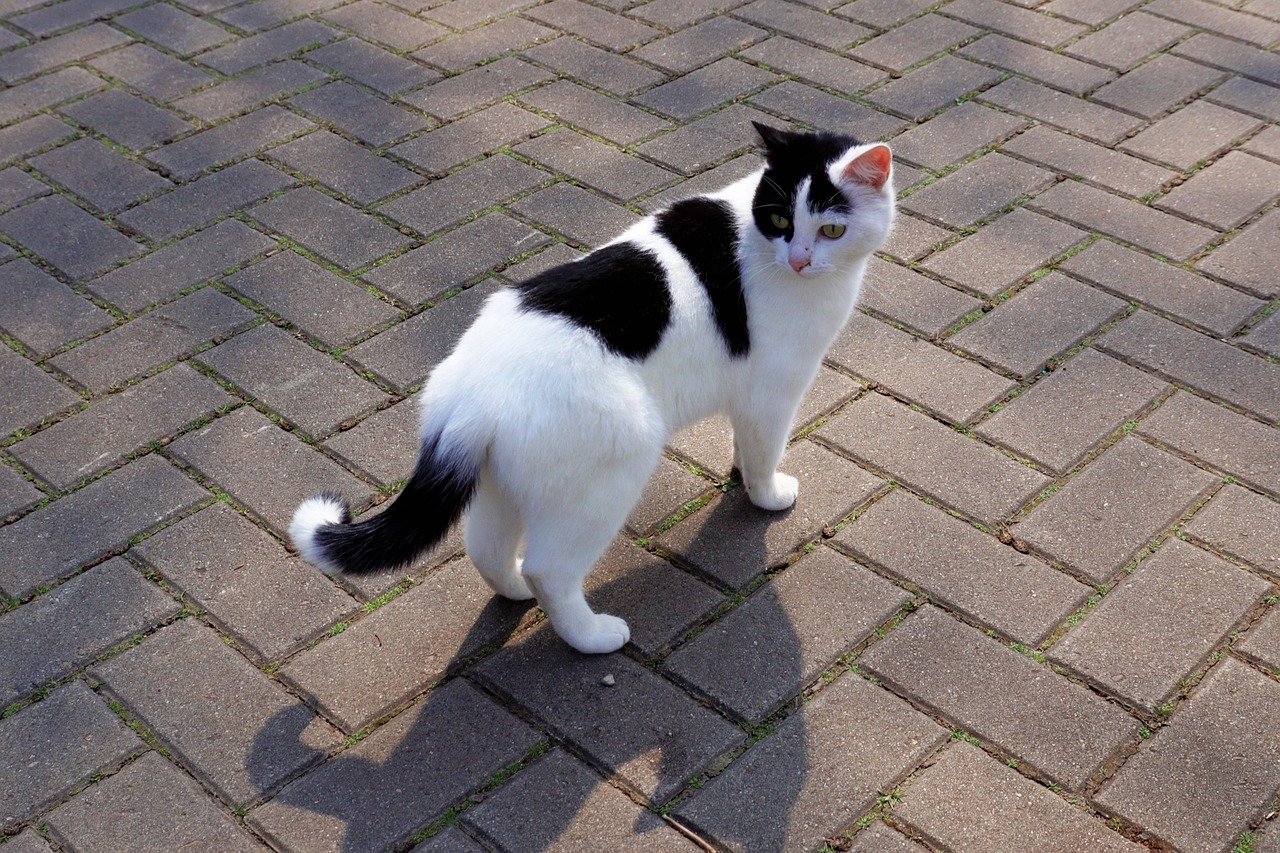
Some cats are naturally anxious or have had rough experiences with humans. For these sensitive souls, silence is golden. Loud voices or constant chatter can trigger stress, making them hide or lash out. Speaking less helps create a predictable and peaceful environment. It’s like tuning out the static so your cat can finally relax. If you’ve ever watched a shy cat slowly emerge from under the bed, you know just how powerful a quiet room can be.
The Power of Slow Blinks

One of the sweetest ways cats show trust is with a slow blink. It’s the feline version of a gentle smile. When you’re quiet, you notice these subtle gestures and can return them, building a secret language of trust. Talking less lets you focus on these moments, responding in kind with your own slow blinks. This mutual exchange can deepen your bond in ways words never could, making your cat feel truly seen and safe.
Letting Cats Take the Lead

Cats prefer to approach on their own terms. When you’re quiet, you give them the space to make the first move. This is especially important for new or shy cats who are still figuring you out. If you wait patiently, your cat will eventually reach out with a head bump or a gentle rub. These moments are small victories, proof that you’re earning their trust. It’s a bit like fishing—you have to be still and patient if you want to catch something wonderful.
Reducing Overstimulation

Cats can get overwhelmed easily. Too much noise, movement, or talking can lead to overstimulation, making them retreat or act out. By talking less, you keep their environment calm and manageable. This helps them feel in control, which is crucial for their well-being. It’s like dimming the lights after a long, busy day—everything feels more peaceful and inviting. Your cat will be much more likely to snuggle up when the world feels less chaotic.
Building Trust Over Time

Trust isn’t built overnight, especially with cats. Consistent quiet behavior shows your cat you’re reliable and safe. Every silent moment spent together is like adding a brick to a house. Over weeks and months, your cat will start seeking you out, confident that you won’t overwhelm them. This slow, steady approach is key to forming a lasting bond, one that stands the test of time and change.
Healing Trauma with Quiet Presence
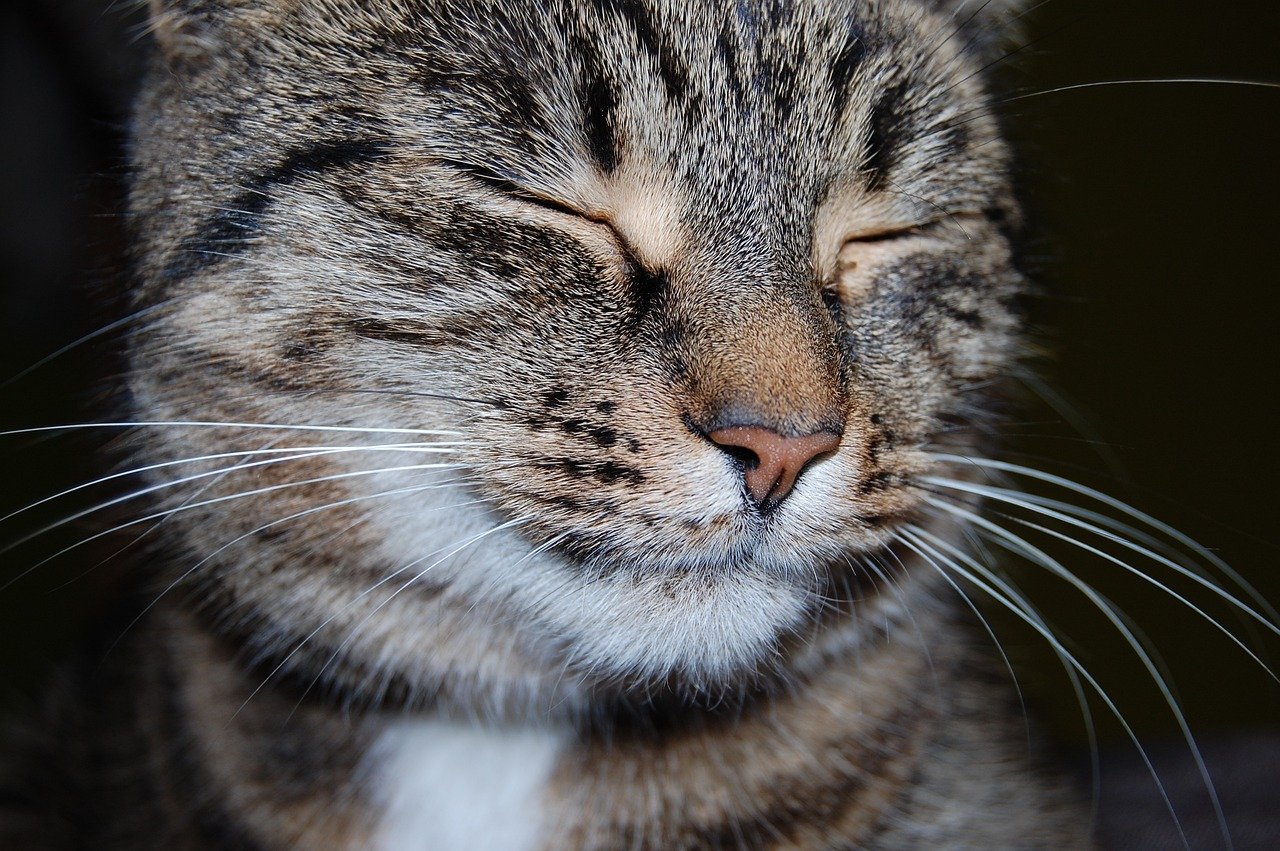
Many rescue cats come from difficult backgrounds. For them, silence isn’t just comforting—it’s healing. A calm, quiet person is less threatening and more approachable. By simply sitting with a traumatized cat, saying nothing, you’re offering comfort without pressure. It’s a silent promise that you’ll be there, no matter how long it takes for them to trust again. This gentle approach can transform even the most fearful cat over time.
Creating a Routine of Calm
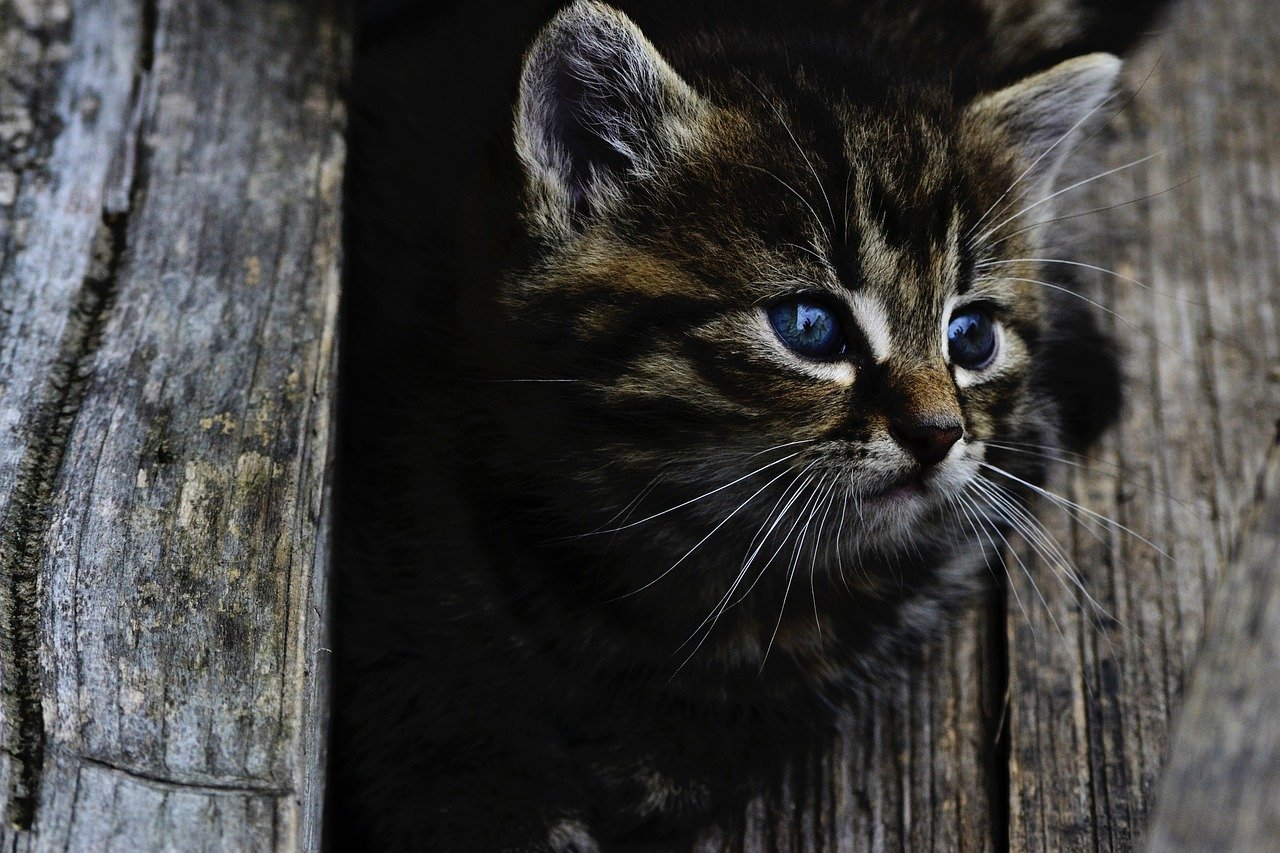
Cats thrive on routine, and a quiet routine is especially reassuring. When you greet your cat silently each morning or spend time together without a word, you’re giving them a sense of stability. This predictability is deeply comforting for cats, who often dislike surprises. Over time, your cat will come to expect peaceful moments with you, making your bond even stronger.
How Cats Perceive Human Voices

To a cat, human voices can be confusing. They don’t always understand our words, but they definitely pick up on tone and volume. A calm, low voice is less stressful than excited chatter. But sometimes, no voice at all is best. When you’re silent, your cat doesn’t have to work to decode your mood—they can just relax. This is especially important in multi-cat households, where too much noise can spark tension.
Mirroring Feline Behavior

Cats mirror the energy around them. If you’re calm and quiet, your cat is more likely to be the same. This mirroring helps them feel you’re part of their world, not an outsider. It’s like two dancers moving in perfect sync—there’s a trust that comes from matching each other’s pace. When you let your cat’s quiet ways guide you, you become a true member of their family.
Trust Grows in Shared Silences

Some of the best moments with cats happen in silence. Whether you’re watching TV, reading, or just staring out the window, these quiet times are when your cat feels safest by your side. There’s a deep trust that grows when you can simply “be” together, no words needed. It’s the kind of bond that makes your cat follow you from room to room, content just to be near.
The Importance of Patience

If there’s one thing cats teach us, it’s patience. They don’t rush into relationships, and neither should you. By talking less, you’re showing your cat you’re willing to wait for their trust. This patience is rewarded with moments of affection and connection that feel all the sweeter for the wait. It’s a reminder that good things—especially feline friendships—take time.
Recognizing Signs of Comfort
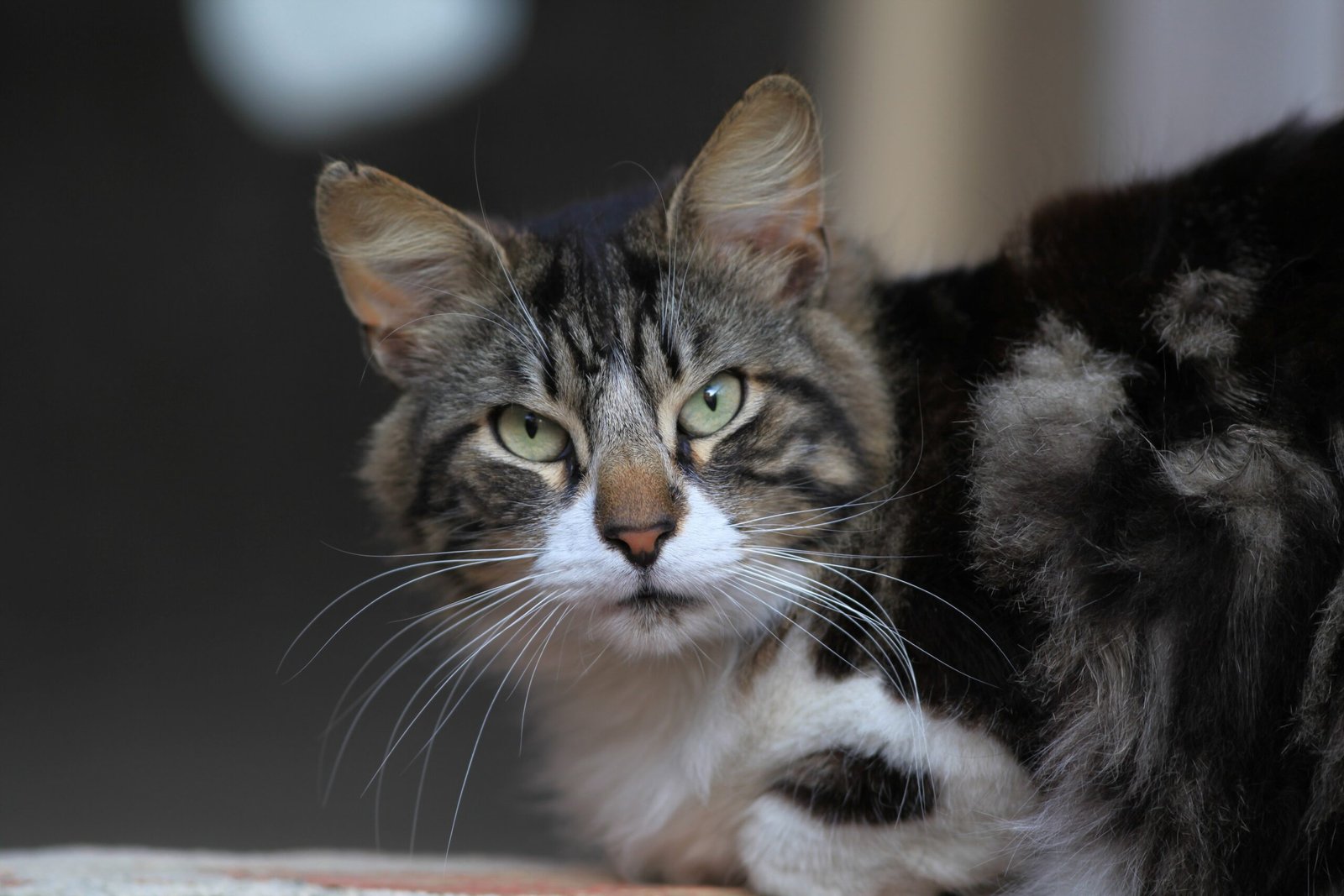
A cat who trusts you will show it in subtle ways—purring, kneading, or simply relaxing nearby. These signs often happen when things are quiet. By talking less, you make space for your cat to show how comfortable they feel. Watching for these little signals can be incredibly rewarding, a silent conversation that says, “I trust you.”
Strengthening the Human-Animal Bond

The less you talk, the more you listen—not just with your ears, but with your heart. This deeper level of attention strengthens the bond between you and your cat. It’s not about words, but about presence. Your quiet companionship becomes a cornerstone of your relationship, something your cat can rely on every day.
Helping Cats Feel in Control
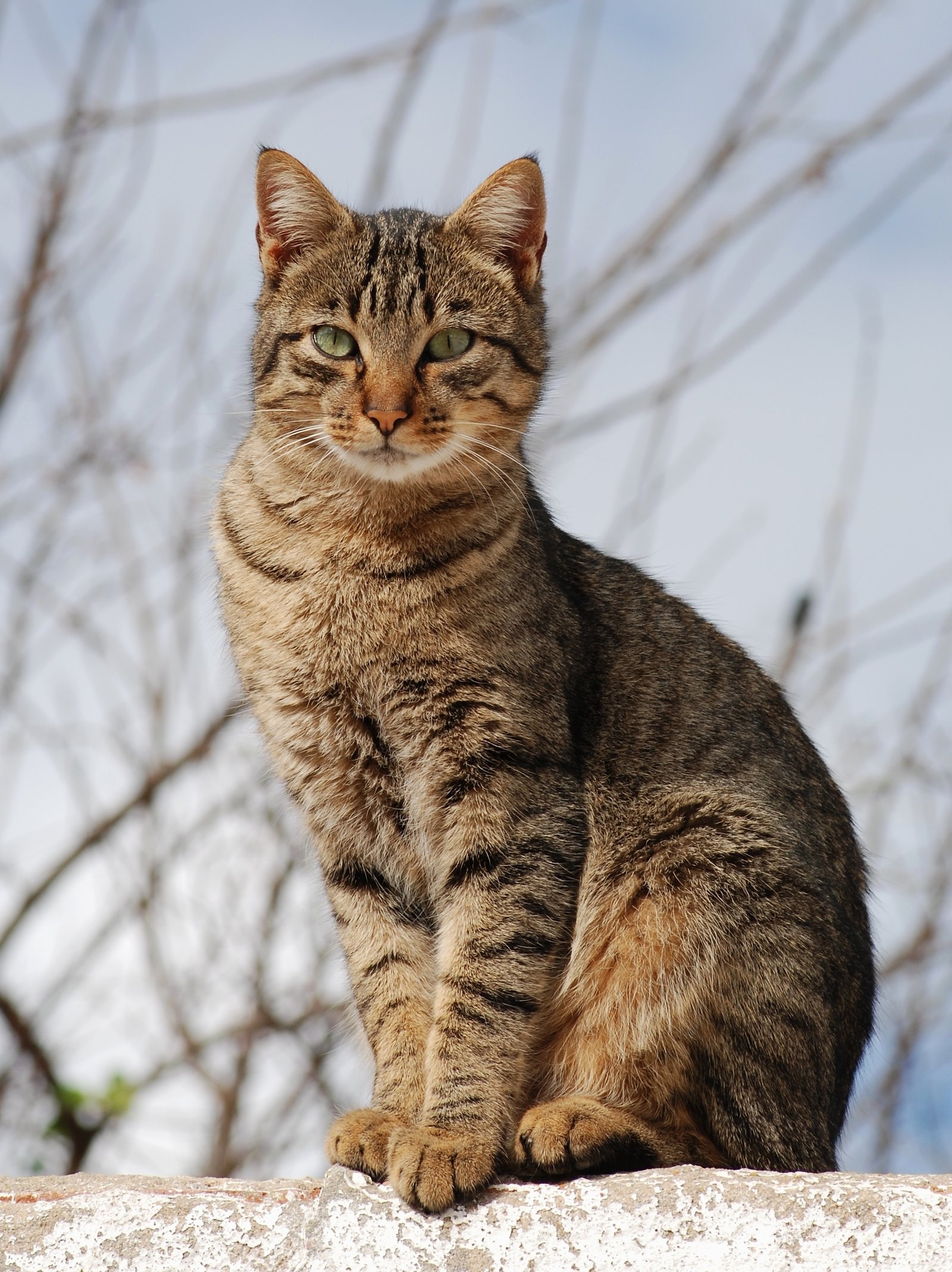
Cats love to feel in control of their environment. By talking less, you give them more power to choose how and when to interact. This sense of agency is hugely important for their confidence and well-being. It’s like letting them drive the car sometimes, rather than always being a passenger.
Encouraging Exploration and Play

When things are calm, cats feel safer to explore and play. Your quiet presence can be the backdrop to some of their most joyful moments—batting at a toy, investigating a new box, or simply rolling around in a sunbeam. By keeping the noise down, you’re encouraging your cat to be themselves, unafraid and uninhibited.
Making Every Moment Count
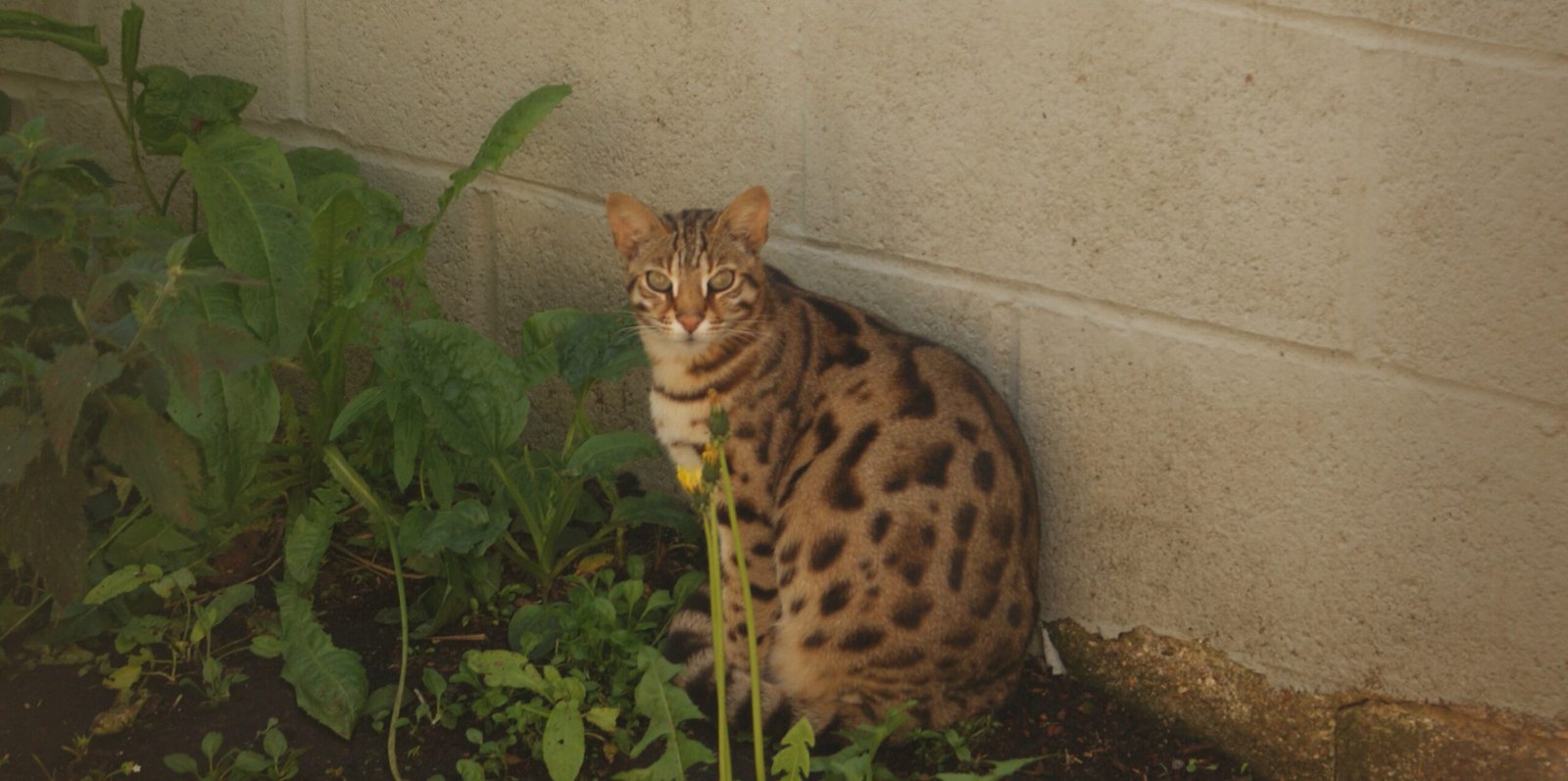
In the end, it’s the quiet moments that mean the most. A cat who trusts you will seek out your company, even when there’s nothing to say. These shared silences are the foundation of your relationship, built one peaceful moment at a time. With patience, respect, and a little less talk, you’ll find your cat opening up to you in ways you never expected.
Hi, I’m Bola, a passionate writer and creative strategist with a knack for crafting compelling content that educates, inspires, and connects. Over the years, I’ve honed my skills across various writing fields, including content creation, copywriting, online course development, and video scriptwriting.
When I’m not at my desk, you’ll find me exploring new ideas, reading books, or brainstorming creative ways to solve challenges. I believe that words have the power to transform, and I’m here to help you leverage that power for success.
Thanks for stopping by, Keep coming to this website to checkout new articles form me. You’d always love it!






